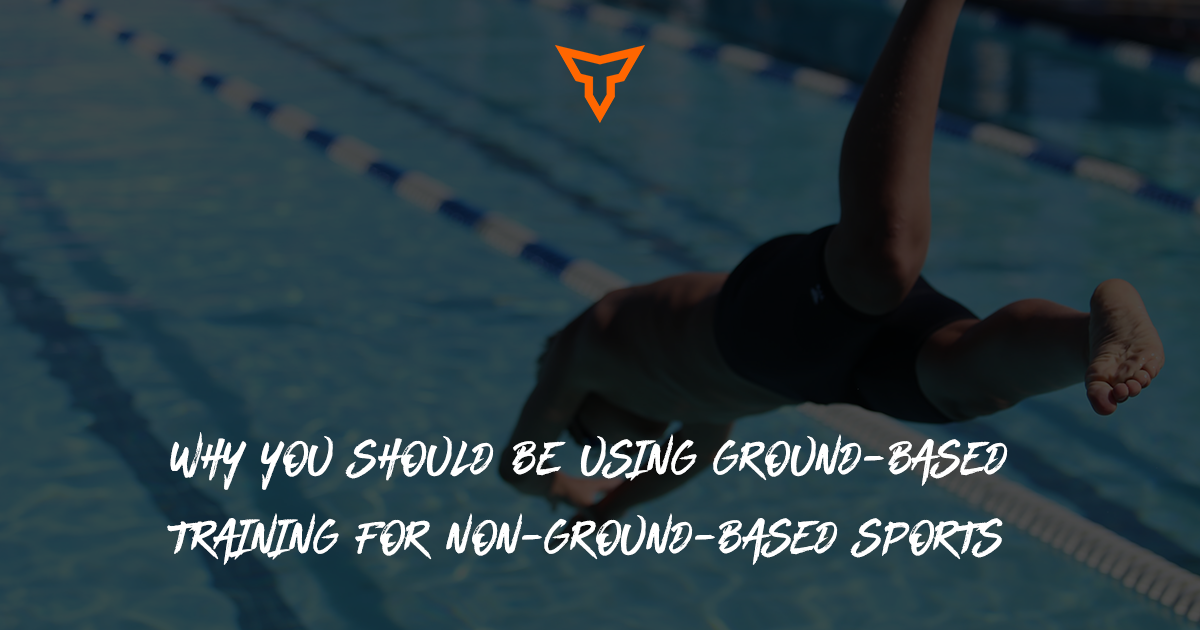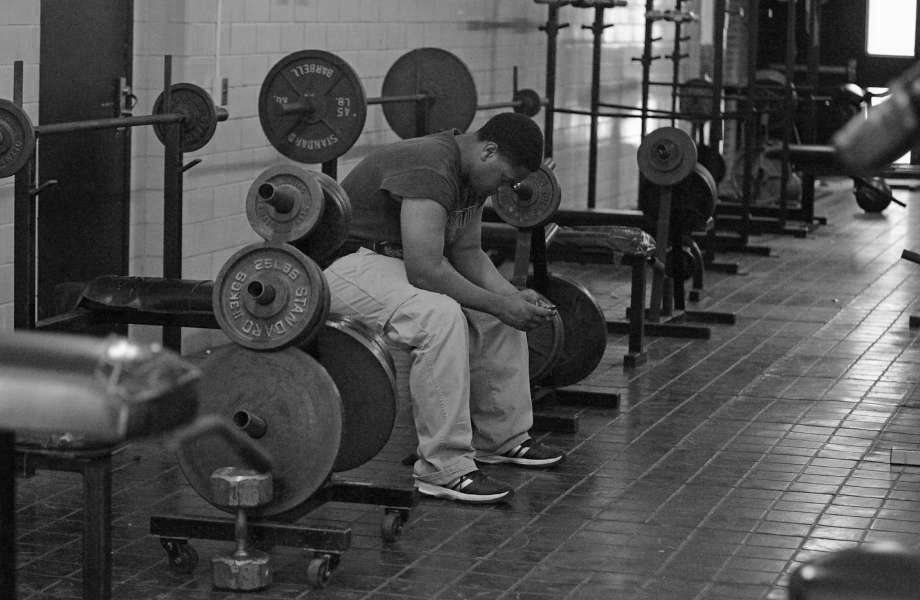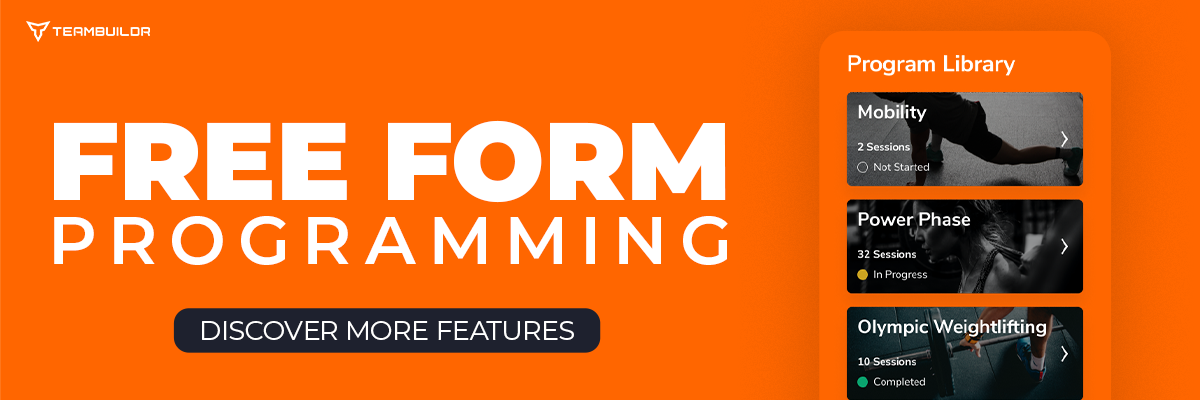Maximizing Readiness with Velocity-Based Training
In the ever-evolving landscape of sports and fitness, athletes and trainers are continually seeking innovative methods to enhance performance. Velocity-based training (VBT) has emerged as a cutting-edge approach that tailors workouts to an individual's unique capabilities, allowing for more precise and effective training. This article introduces the principles of velocity-based training, explores its benefits, and discusses the crucial aspects of injury prevention and auto-regulatory progression which I utilize quite a bit.
Understanding Velocity-Based Training
Velocity-based training is a method that uses real-time feedback on the speed of movement to regulate and optimize resistance during strength and conditioning exercises. Traditional training programs often prescribe sets and repetitions based on a percentage of one's maximum effort. However, this approach fails to account for daily fluctuations in an athlete's readiness, potentially leading to suboptimal performance or increased risk of injury. Sleepless nights, family or work stress, or anything that disrupts your normal daily rhythm could negatively affect your training.
VBT introduces a dynamic element by incorporating velocity measurements into the training equation. By monitoring the speed at which an individual lifts a weight, trainers can tailor the resistance to match the athlete's current capabilities or readiness. This ensures that each session is challenging yet within the athlete's optimal range, promoting performance gains while minimizing the risk of overtraining. One important note about velocity-based training is the reliance on an athlete's maximal intent throughout the entirety of the movement/set. Without maximal intent, a lower velocity will register and auto-regulate the workout’s weight selection down when this might not be needed. A sense of trust needs to be fostered and an easy way to build this trust is by involving the athlete in the entire process of velocity-based training. Give them the why.
Benefits of Velocity-Based Training
Individualized Prescription:
VBT allows for a more personalized approach to training. Athletes vary in their response to training stimuli, and what might be effective for one individual could be suboptimal or even counterproductive for another. VBT recognizes these differences and adjusts the resistance based on real-time performance, optimizing the training stimulus for each athlete.
Optimal Load Selection:
Traditional training programs often rely on predetermined percentages of one's maximum effort to determine resistance. However, an athlete's readiness can fluctuate due to fatigue, stress, or recovery. VBT enables trainers to select the optimal load for each session, ensuring that athletes train at the right intensity for their current physiological state.
Enhanced Performance Gains:
By tailoring resistance to an athlete's capabilities, VBT helps maximize performance gains. Athletes can work at their highest possible intensity without exceeding their capacity, promoting strength, power, and speed improvements over time.
Injury Prevention in Velocity-Based Training
Real-Time Monitoring:
One of the primary advantages of VBT is the ability to monitor an athlete's performance in real time. This constant feedback allows trainers to identify signs of fatigue or compromised form, enabling timely adjustments to prevent overexertion and reduce the risk of injury. A speed below .35 m/s could be set as a terminating rep when working up to a heavy single, and once we hit said speed for our max effort days the velocity-based lift is done and you should move on to your accessories.
Autoregulation and Fatigue Management:
VBT emphasizes autoregulation, enabling athletes to gauge their fatigue levels and adjust their training accordingly. By incorporating velocity data, trainers and athletes can make informed decisions about whether to increase or decrease the intensity, and volume, or even skip certain exercises based on the individual's readiness and recovery status. Recovery and force production levels vary widely in the tactical field. A GymAware Flex unit makes it simple to change bars during a workout and switch profiles seamlessly.
Individualized Warm-Up Protocols:
VBT extends its benefits to warm-up routines. By using lighter loads and focusing on velocity, athletes can prepare their bodies for more intense efforts while minimizing the risk of injury. This personalized warm-up approach ensures that the neuromuscular system is primed for the specific demands of the upcoming training session.
Auto-Regulatory Progression in Velocity-Based Training
Daily Adjustments:
Auto-regulation in VBT involves making daily adjustments to the training plan based on an athlete's performance. Rather than following a rigid schedule, trainers and athletes collaborate to determine the appropriate intensity for each session. This adaptability allows for continuous progress without pushing the body beyond its limits.
Volume and Intensity Management:
VBT facilitates the management of training volume and intensity which are crucial factors in long-term athletic development. Auto-regulation allows athletes to push themselves on days of peak readiness and scale back when the body requires additional recovery. This balance helps prevent burnout, overtraining, and the associated risk of injuries while allowing the fringe benefit of slightly more time in the weight room when needed.
Long-Term Planning:
Auto-regulatory progression extends beyond daily adjustments. It involves a comprehensive approach to long-term planning, considering factors such as periodization, recovery cycles, and individual goals. By continuously adapting the training plan based on an athlete's response, VBT promotes sustained progress over an extended period.
Conclusion
Velocity-based training represents a paradigm shift in the field of strength and conditioning, offering a more individualized and adaptable approach to optimizing athletic performance. By incorporating real-time feedback on movement speed, VBT allows trainers to tailor resistance and volume to an athlete's current capabilities, maximizing gains while minimizing the risk of injury.
The emphasis on autoregulation in VBT further enhances its efficacy, allowing athletes to adjust their training based on daily readiness and fatigue levels. This dynamic and personalized approach not only promotes immediate performance gains but also supports long-term athletic development.
As with any training methodology, it is essential to implement velocity-based training under the guidance of qualified professionals. Trainers and athletes alike should stay informed about the latest research and advancements in VBT to continually refine their approach and unlock the full potential of this innovative training method.
References
González-Badillo, J. J., & Sánchez-Medina, L. (2010). Movement velocity as a measure of loading intensity in resistance training. International Journal of Sports Medicine, 31(05), 347-352.
Banyard, H. G., Nosaka, K., & Haff, G. G. (2017). Reliability and validity of the load–velocity relationship to predict the 1RM back squat. The Journal of Strength & Conditioning Research, 31(7), 1897-1904.
Mann, B., Kazadi, K., Pirrung, E., & Jensen, J. (2016). Developing explosive athletes: Use of velocity-based training in athlete development. USOC Olympic Coach E-Magazine, 28(1).
Subscribe to our blog
Subscribe to receive the latest blog posts to your inbox every week.
Related posts

Why You Should Be Using Ground-Based Training For Non-Ground-Based Sports

Why Are High School Coaches Abandoning Traditional Fundraising?


